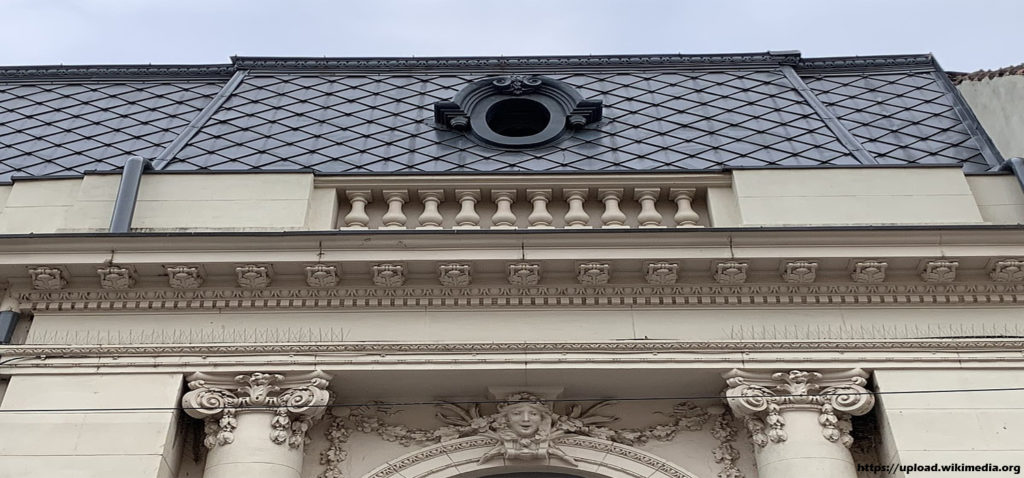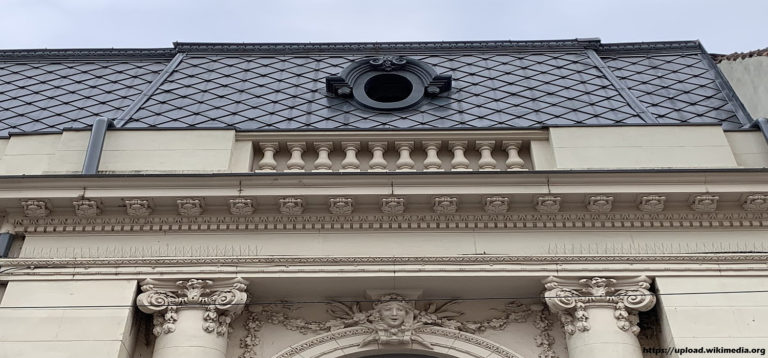
The construction in the foundation has to be a relatively exact science. If things are not calculated correctly, many issues can arise. Experts have devised many construction tricks and techniques which are used to avoid potential pitfalls in the building process. One of these necessitates the use of plastic slip sheets. Using a slip sheet as reinforcement has been used successfully for many years in construction.
What is a Plastic Slip Sheet?
A slip sheet can be a piece of plastic, typically polyethylene. It can be produced in varying thickness, but it’s often found in a 10ml form. As the name suggests, the slip sheet is accustomed to reduce friction which will help prevent movement or slippage. Using plastic slip sheets as reinforcement in foundation building allows you to prevent cracking.
The Post-Tension Process
Slab-on-grade foundations are one of the most used kinds of foundations in the United States. These foundations are quick and inexpensive to develop (and that’s why they’re so popular); however, they are often at risk of cracking through the curing stage. Concrete can shrink because it dries; this may cause cosmetic damage to future floor finishes like tile, vinyl, wood, and carpeting. The type of soil – called expansive soil – ‘s what ultimately causes the shrinkage and cracks. Expansive soil shrinks and swells because of water content changes.
To prevent the cracks, a process using plastic slip sheets is generally used. This process is called post-tensioning. Post-tensioning compresses the concrete, that helps it to resist shrinking and cracking which can be due to the difficult soil conditions. To post-tension a slab foundation, steel strands are explaining to you the concrete inside a squared grid pattern. Each strand of steel is included in plastic sheathing that protects the steel from corrosion and allows it to go during the stressing operation. The strands have an anchorage on both ends. Each strand, and its sheathing and anchorage, is called a tendon.
During the post-tensioning process, the tendons are often stressed along one end; however, sometimes they may be stressed along each side. When they are stressed, the steel stretches — however it is kept in place from the anchorage. This works to compress the concrete, which, therefore, actively works to maintain your concrete from cracking.
How are Plastic Slip Sheets in combination with Post-Tensioning?
The plastic slip sheets are installed directly below the slab or involving the slab along with the bearing surface. They work to enable the tendons to move the slab smoothly through the ground. Without the slip sheets, the tendons would not have an apartment, even surface across which to move. The tendons have to be able to maneuver easily across the ground to be able to correctly stress the steel because this is to in which the concrete is going to be compacted as a way to avoid shrinkage and cracks.
If builders were to don’t install plastic slip sheets – or if they were to set up them incorrectly – the slab would resist moving, which may stop the post-tensioning process from getting good results.













